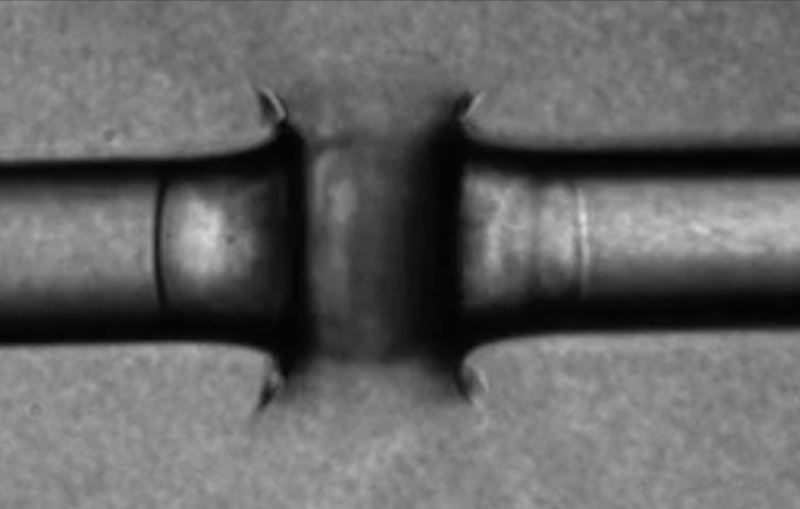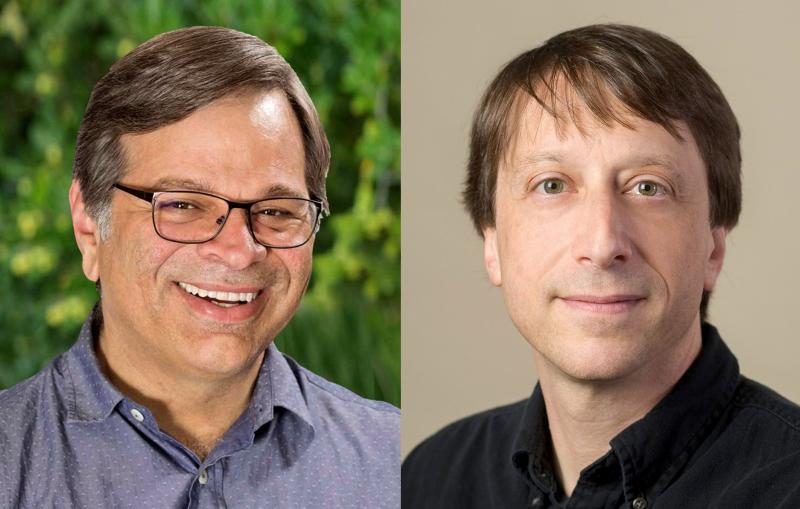
News Feature
VIA Stanford News
Todd Martinez and William Weis elected to National Academy of Sciences

Researchers at the Stanford PULSE Institute watch ultrafast particle motions and chemical reactions to get a deeper understanding of matter in all its forms. Soon we’ll be able to watch even speedier electron movements that underlie all of chemistry, technology and life.

